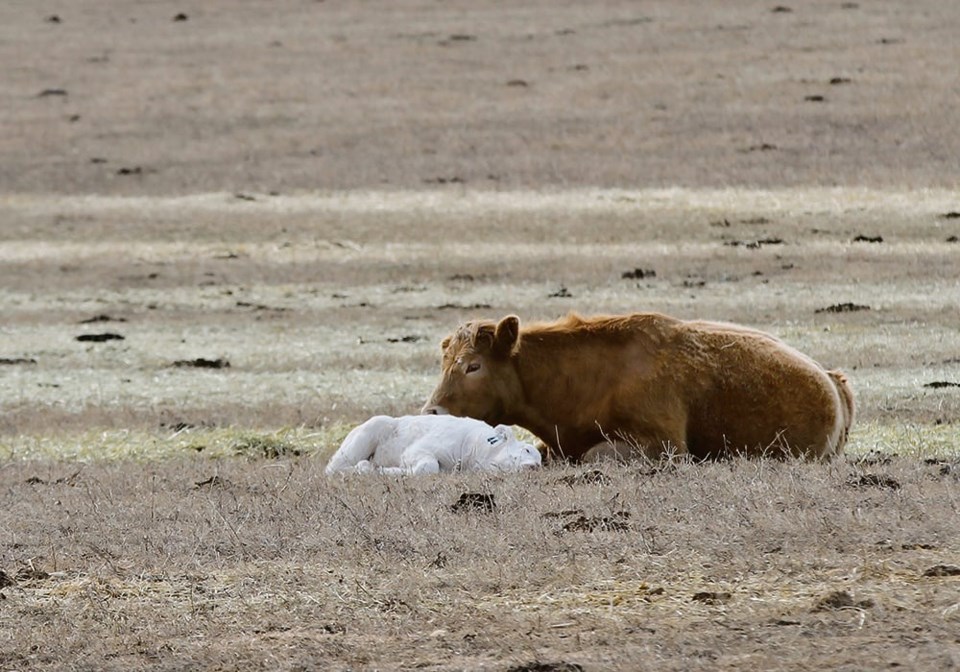SASKATOON — Smaller mature cows can lead to better profits, according to data from the Canadian Cow-Calf Cost of Production Network.
Brenna Grant, executive director of Canfax, said the data collected over the last three years to create baselines for different production systems found that cows on the most profitable farms were lighter.
“The top third most profitable benchmark farms in the network had basically mature cow weights, that were used for calculating winter feed rations, that were almost 50 pounds lighter than the bottom third,” she said after a presentation at the Agricultural Producers Association of Saskatchewan Livestock Summit.
The network is a Beef Cattle Research Council project.
When analyzing the data, she said researchers asked if this was because these producers lived in southern regions and perhaps fed for fewer days.
“The reality was these operations actually fed more days. It was the fact that they were able to feed less per head per day because of those smaller cow weights,” she said.
These cows weighed 1,330 lb., on average.
Grant said the herds with smaller cows had lower cash and feed costs.
More cows also resulted in more profit.
“Economies of scale are alive and well,” Grant said.
Benchmark farms with more than 300 head had lower costs than those with fewer than 100 head.
But that doesn’t mean small producers can’t be profitable. Small operations, particularly mixed farms, can be competitive in cost structure, the data show.
Only half of the operations with fewer than 100 head were profitable in the medium term, but the percentage goes up once operations are more than 200 head.
More than 220 producers participated in the network by supplying data on things such as calving time, input costs, winter feeding and feedstuffs. That led to 46 benchmarks across the country.
Grant said medium-term profits for the network are highly variable. Covering medium-term costs is important because it means producers can cover cash and depreciation costs.
The data show a difference of about $560 per cow in breakevens. That’s why every operation has to look at expansion or contraction decisions in their own production systems.
“You can be high cost or low cost with any winter feed stuff,” she pointed out, but there is a reason hay is the most commonly used.
She urged producers to know their numbers. Aiming to cover only cash costs puts producers in a crunch when a drought like 2021 comes.
Researchers found calf mortality and weaning rates were similar across the board while there was a big range in weaning weights. The most profitable farms had the smallest weaning weights.
All the data and analysis for the network can be found at canfax.ca.

